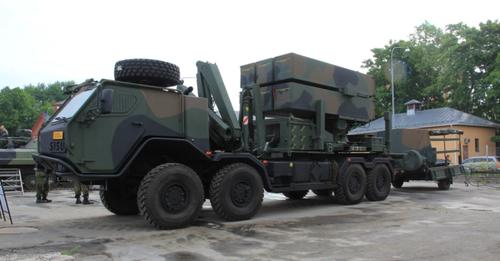Norway has signed a cooperation agreement with RTX and Kongsberg to improve the NASAMS anti-aircraft missile system.
The agreement, according to Norwegian Defense Minister Bjrn Arild Gram, establishes the framework for strengthening the air defense system so that it can keep up with evolving threats.
Although few details were revealed, Kongsberg hinted that the upgrade would focus on the mobility and operational flexibility of NASAMS.
“We will continue to invest in the development of NASAMS to support the Norwegian armed forces and our allies around the world,” the Norwegian Ministry of Defense announced.
Developed jointly by RTX and Kongsberg, NASAMS is an easily adaptable medium-range air defense solution designed to protect against cruise missiles, drones, aircraft, and helicopters.

The system includes an Active Phased Array Radar 3D-radar, passive optical-electronic and infrared sensor, as well as launchers with AIM-120 Advanced Medium Range Air-Air Missile (AMRAAM) missiles.
According to RTX, 13 countries are currently operating this air defense system.
“We need to strengthen and further expand air defense to better protect civilian and military targets against airborne threats. The war in Ukraine has demonstrated how crucial air defense is in war,” Norwegian Defense Minister Gram said.
The United States is also developing a new radar for the NASAMS anti-aircraft missile system.

RTX received funding from the United States Department of Defense to further develop and integrate a new GhostEye MR radar with an active phased array.
The development of this system is associated with an increase in demand for NASAMS anti-aircraft missile systems and their use by the US and Ukrainian Armed Forces.
The system currently uses AN/MPQ-64F1 Sentinel towed radar to search for and track aerial targets.
